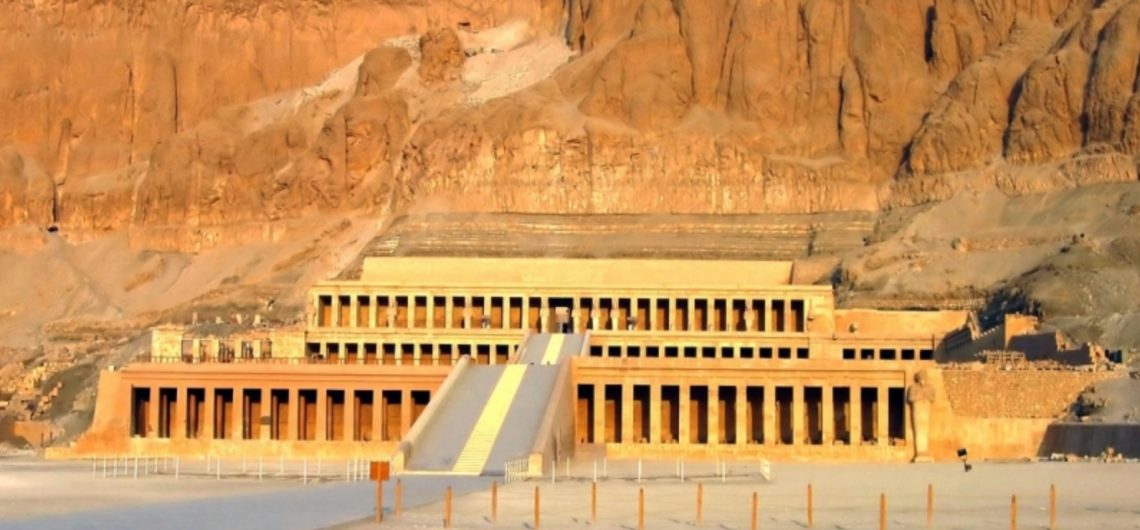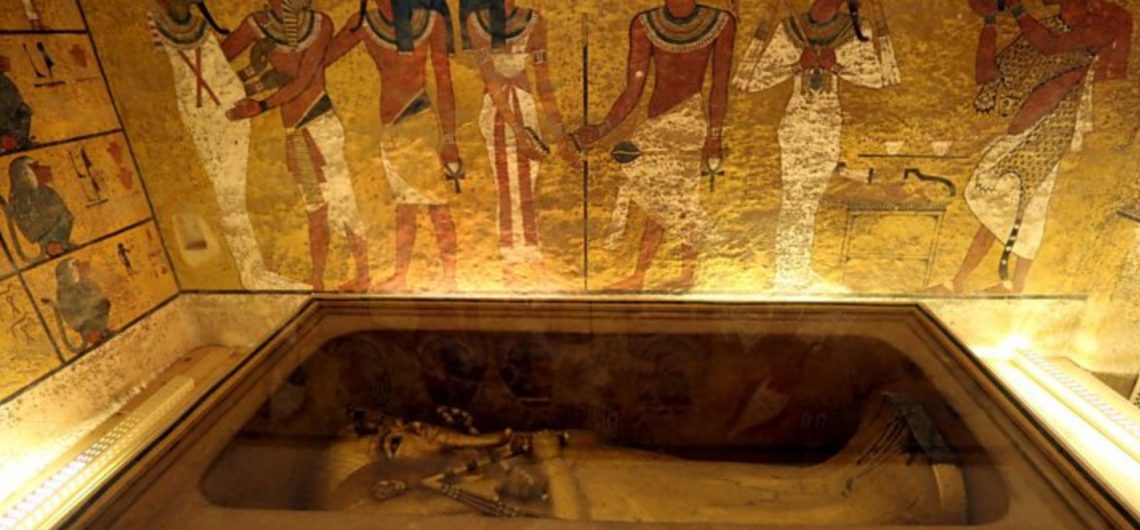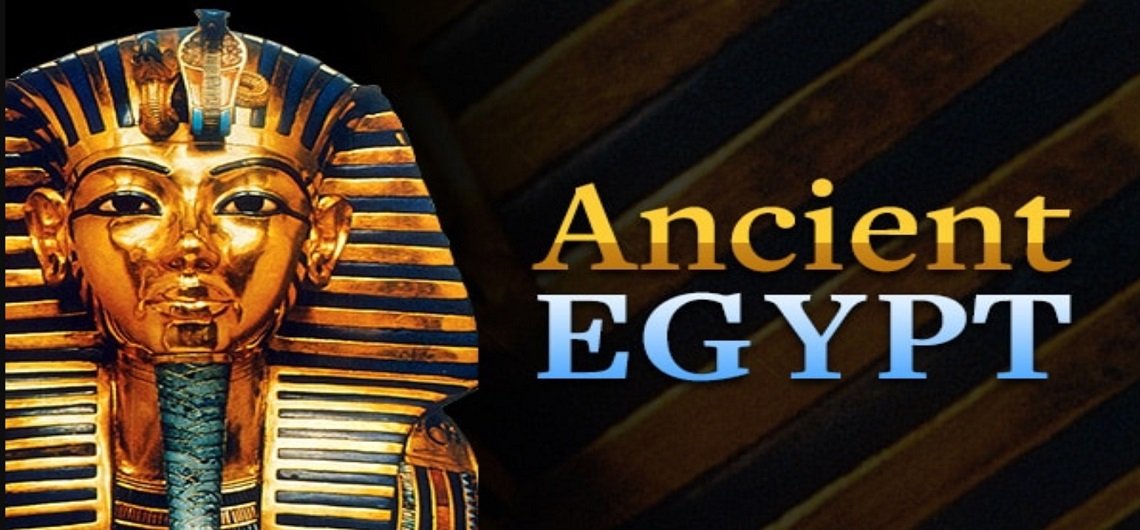The civilization of Egypt is one of the oldest in the world. The prehistoric period ends around 3000 BC, when the ruler of Egypt, Menes, united Lower Egypt (delta) and Upper Egypt (Memphis-Syene) with the capital in Memphis and founded the first dynasty. The history of ancient Egypt is divided into the Old State (circa 3000-2050 BC, the time when the pyramids were built in Giza), the Middle State (2050-1575, expansion period; reorganization and flourishing) and the New State (circa 1570-1085 BC, further flourishing country, trade development, construction of temples in Thebes, current Kamak, and in Luxor, and the necropolis in the Valley of the Kings, as well as the increase in the power of priests, loss of Asian provinces) and the Late Era (around 1085-332 BC, the political fall of Egypt, the state from 671 BC under the rule of Assyria, and then, from 525 BC, the Persians). In 332 B.C.E. Egypt was conquered by Alexander the Great and became one of the provinces of this ruler. After his death, the Hellenistic Ptolemy monarchy was established there. Queen Cleopatra VII (69-30 B.C.) came from the Ptolemy dynasty, whose rule was another successful period in the history of the Egyptian state. In 30 BCE Egypt became a Roman province and was it until 395 CE, when it was within the Byzantine Empire. Ancient Egyptian GODS AND Pharaohs As a result of the fighting, as well as the peaceful joining of individual Egyptian theocrats, two kingdoms were eventually formed: the kingdom of the North, whose divine "ruler" was the falcon - Horus, and the kingdom of the South, which was ruled by the god Seth. The capital of the northern state, ie Lower Egypt, was the city of Behedet in the western part of Delta, while the capital city of the
The civilization of Egypt is one of the oldest in the world. The prehistoric period ends around 3000 BC, when the ruler of Egypt, Menes, united Lower Egypt (delta) and Upper Egypt (Memphis-Syene) with the capital in Memphis and founded the first dynasty. The history of ancient Egypt is divided into the Old State (circa









